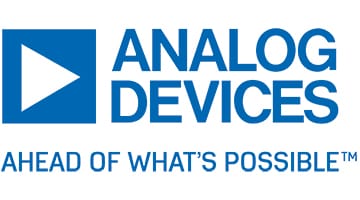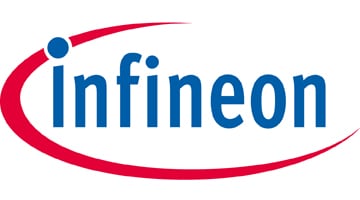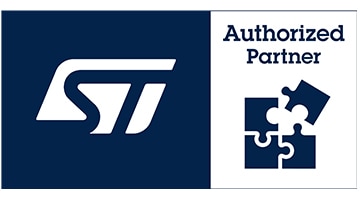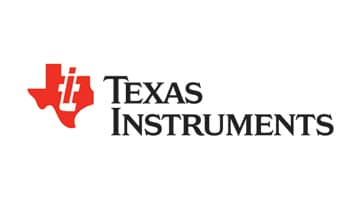Details
| Topologie | Abwärtswandler |
| Eingangsspannung | 5-20 V |
| Schaltfrequenz | 250-770 kHz |
| Ausgang 1 | 1.2 V / 40 A |
| Ausgang 2 | 5 V / 5 A |
| Ausgang 3 | 1.5 V / 20 A |
Beschreibung
monolithic converter that can deliver up to 20A continuousload current. It employs a unique architecture which enhancesthe signal-to-noise ratio of the current sense signal, allowingthe use of a very low DC resistance power inductor tomaximize efficiency in high current applications. This featurealso reduces the switching jitter commonly found in lowDCR applications. The LTC7130 also includes a high speeddifferential remote sense amplifier and a programmable currentsense limit that can be selected from 10mV to 30mV toset the output current limit up to 20A. In addition, the DCRtemperature compensation feature limits the maximumoutput current precisely over temperature.The LTC7130 also features a precise 0.6V reference with aguaranteed limit of ±0.5% that provides an accurate outputvoltage. A 5V to 20V input voltage range supports a widevariety of bus voltages and various types of batteries.The LTC7130 is offered in a compact and low profile BGA packageavailable with SnPb/RoHS compliant terminal finishes.
Eigenschaften
Wide VIN Range: 4.5V to 20VOptimized for Low Duty Cycle ApplicationsHigh Efficiency: Up to 95%LTC Proprietary Current Mode ArchitectureHigh Current Parallel OperationUltralow DCR Current Sensing with Temperature CompensationProgrammable Output Current LimitHigh Speed Differential Remote Sense Amplifier±0.5% Output Voltage Regulation AccuracyOutput Short-Circuit Protection with Soft RecoveryProgrammable Soft-Start, TrackingProgrammable Fixed Frequency: 250kHz to 770kHzEXTVCC for Reduced Power DissipationFault Indicator for Output UV/OV Conditions6.25mm × 7.5mm × 2.22mm BGA Package
Typische Anwendungen
- Distributed High Power Density Systems
- Telecom/Datacom Systems
- DSP, FPGA, ASIC Reference Designs
Weiterführende Informationen
Artikeldaten
| Artikel Nr. | Datenblatt | Simulation | Downloads | Status | Produktserie | L (nH) | IRP,40K (A) | ISAT,10% (A) | ISAT,30% (A) | RDC (mΩ) | fres (MHz) | Material | LR (nH) | IR (A) | Muster | |
|---|---|---|---|---|---|---|---|---|---|---|---|---|---|---|---|---|
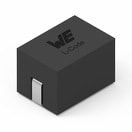 | 744308025 | SPEC | 9 Dateien | Aktiv i| Produktion ist aktiv. Erwartete Lebenszeit: >10 Jahre. | WE-HCM SMT-Hochstrominduktivität | 250 | 54.3 | 41.6 | 46.5 | 0.37 | 40 | MnZn | 246 | 25 | ||
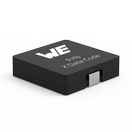 | 744325072 | SPEC | 9 Dateien | Aktiv i| Produktion ist aktiv. Erwartete Lebenszeit: >10 Jahre. | WE-HCI SMT-Hochstrominduktivität | 720 | 37.8 | 14 | 35 | 1.3 | 115 | Superflux | 600 | – |
| Muster |
|---|
| Artikel Nr. | Datenblatt | Simulation | Downloads | Status | Produktserie | L (nH) | IRP,40K (A) | ISAT,10% (A) | ISAT,30% (A) | RDC (mΩ) | fres (MHz) | Material | LR (nH) | IR (A) | Muster |
|---|
